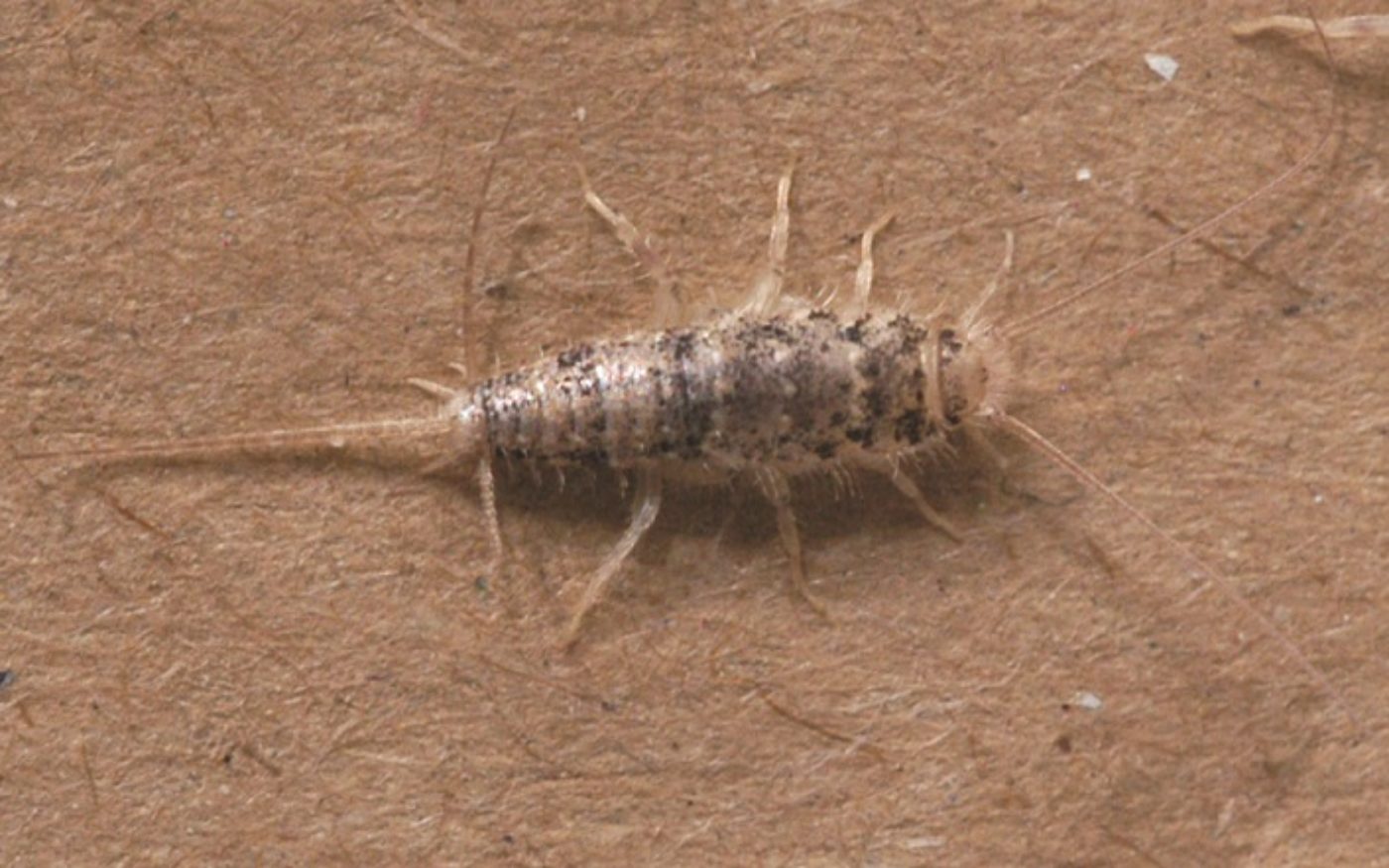Order
Silverfish and firebrats
Firebrats can move fast and their flat bodies allow them hide in narrow crevices and cracks. Young firebrats look similar to the adults.
What do they look like?
Firebrats have flattened bodies of around 12mm in length; they are covered in scales and are brown coloured with dark mottled patches. They have long antennae and biting jaws.
Where do they live?
Firebrats live in warm dry habitats, in urban areas they will live in bakeries and heating ducts, but are no risk to humans. Their flattened bodies enable them to hide in crevices.
Where can they be found?
Firebrats are all over Britain.
When can you see them?
Firebrats are present all year round in buildings.
Life cycle
Eggs of the Firebrat take up to two weeks to hatch, nymphs moult several times and mature at two to three months. Adults continue to moult through their lifetime and can live for three to five years. Males and females mate only if they are within three or four moulting cycles of each other, they have complex courtship behaviours involving antennal shaking and leg brushing. The male then produces a sac of sperm, which the female takes into her body to fertilise her eggs. Eggs are laid in groups of fifty or sixty at temperatures of 30-40 degrees Celcius, females can lay up to 6,000 eggs during her lifetime.
What do they do?
Firebrats are scavengers, eating starchy material such as flour.
Did you know?
Firebrats and Silverfish have symbiont bacteria communities living in their guts, which help digest the starchy material that they eat.

